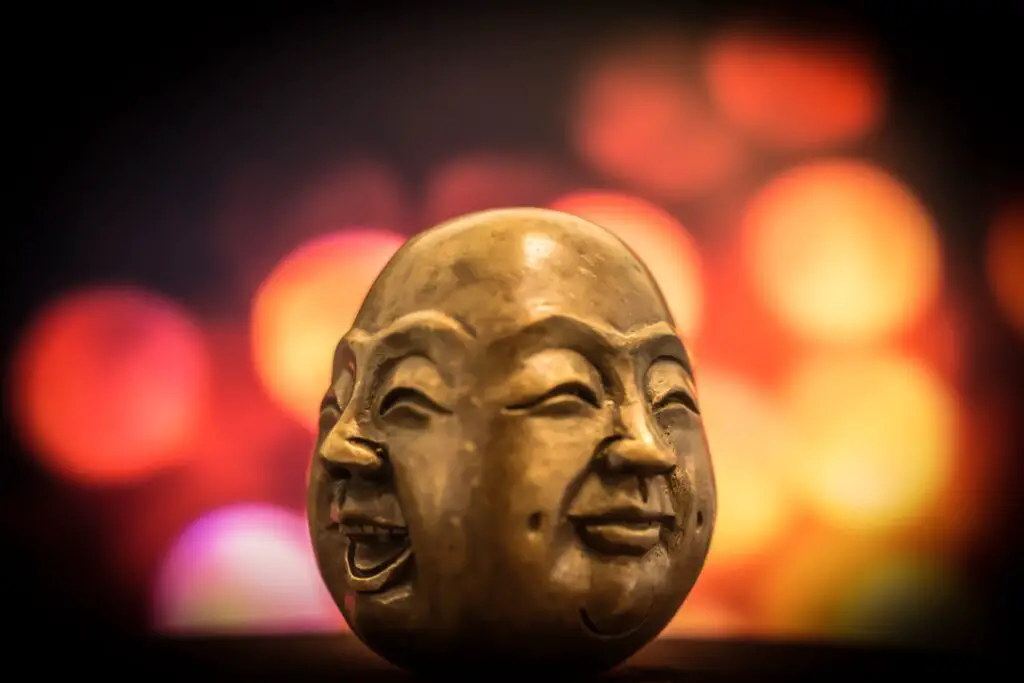
“I don’t want to be at the mercy of my emotions. I want to use them, to enjoy them, and to dominate them.”― Oscar Wilde, The Picture of Dorian Gray
When talking about social media, politics, and $30 Starbucks coffees, we often feel a familiar combination of disgust and anger. But a study in 2017 came to the conclusion we have far more emotions despite what our modern internet age tells us.
In 2017, two researchers from the University of California, Berkely, Alan S. Cowen, and Dacher Keltner, PhD, came to the conclusion there are 27 distinct classifications of emotions in humans.
In fact, their study in the Proceedings of the National Academy of Sciences journal was the largest collection of emotional data to date!
They used new forms of statistical analysis to analyze 324,066 individual judgments from over 800 people using Amazon Mechanical Turk.
Cowen and Keltner initially collected 2,185 five-second videos with the goal of eliciting as many emotions as possible. The videos included births, babies, weddings, death, cute animals, art, explosions, sexual acts, and everything in between.
They showed these videos to the study participants and had them report their emotional responses in the form of free form, ratings, or on a scale of one to nine for other dimensions such as positive versus negative experience, etc.
Their results?
They found 27 statistically provable emotions felt by the individuals in their study.
The 27 Emotions List
So, what are the 27 emotions Cowen and Keltner identified?
Admiration, adoration, aesthetic appreciation, amusement, anger, anxiety, awe, awkwardness, boredom, calmness, confusion, craving, disgust, empathic pain, entrancement, excitement, fear, horror, interest, joy, nostalgia, relief, romance, sadness, satisfaction, sexual desire, and surprise.
Here’s the list in alphabetical order as well as links to their definitions.
- Adoration
- Admiration
- Aesthetic appreciation
- Amusement
- Anger
- Anxiety
- Awkwardness
- Boredom
- Calmness
- Confusion
- Craving
- Disgust
- Empathic pain
- Entrancement
- Excitement
- Fear
- Horror
- Interest
- Joy
- Nostalgia
- Relief
- Romance
- Sadness
- Satisfaction
- Sexual Desire
- Surprise
Emotions aren’t on an island
We should note the study might not be perfect and there could be far more or fewer emotions experienced in real life. Additionally, the collection of data was based on self-reported answers.
As the authors noted, “self-report measures only partially capture; self-report is not a direct readout of experience.”
But it’s cool to think there are some universally identifiable emotions, potentially across cultural, geographical, and linguistic barriers, too (although this wasn’t assessed in the study).
The 27 emotions identified also aren’t supposed to be thought of as sitting on a lonely island. Keltner said:
“There are smooth gradients of emotion between, say, awe and peacefulness, horror and sadness, and amusement and adoration.”
Life, after all, isn’t composed of simple 0s and 1s, even if many of like to think of such binary terms. The other author, Cowen, mentioned:
“We don’t get finite clusters of emotions in the map because everything is interconnected. Emotional experiences are so much richer and more nuanced than previously thought.”
If you’re interested in knowing more about the study or seeing how the videos were mapped out by participants in terms of emotions, the authors created an interactive map (viewer discretion advised).
What other theories of emotion are there?
Psychology is often not an exact science, and whenever this occurs you’ll find multiple theories explaining how our internals work and function. Here are a few of the main alternate theories on how many emotions people actually have.
Charles Darwin’s theory of emotions
After publishing On the Origin of Species and The Descent of Man, Charles Darwin released his third major piece on evolutionary psychology called The Expression of the Emotions in Man and Animals. In this book, Darwin explores the universality of emotions among animals and humankind, and discusses 34 separate emotions:
- Anxiety
- Devotion
- High spirits
- Low spirits
- Patience
- Affirmation
- Negation
- Surprise
- Joy
- Love
- Hatred
- Disdain
- Contempt
- Tender feelings
- Suffering
- Weeping
- Grief
- Blushing
- Reflection
- Mediation
- Determination
- Dejection
- Despair
- Anger
- Disgust
- Guilt
- Pride
- Helplessness
- Ill-temper
- Sulkiness
- Fear
- Self-attention
- Shyness
- Modesty
His conclusion showed he believed there were six basic shared emotional states: happiness, sadness, fear, anger, surprise and disgust.
Robert Plutchik’s theory of emotions
The prolific psychologist Robert Plutchik had a focus on emotional responses and how they might influence people. As part of his research, he came to the conclusion that people possess eight primary emotions:
- Fear
- Anger
- Joy
- Sadness
- Acceptance
- Disgust
- Anticipation
- Surprise
If you’ve ever studied writing before, you’re probably familiar with Plutchik’s Wheel of Emotions, which aims to illustrate his theory in a color wheel. It’s a good tool for authors looking to explore their characters’ different emotions and feelings when stuck for words.
Discrete emotion theory
This theory has been in development since Darwin’s work mentioned above. It’s along the same idea — that humans universally experience a set of distinct emotions. In the latest iteration of the theory, psychologist Carroll Izard proposes there are 12 discrete emotions shared by humans:
- Interest
- Joy
- Surprise
- Sadness
- Anger
- Disgust
- Contempt
- Self-hostility
- Fear
- Shame
- Shyness
- Guilt
Book two of Aristotle’s theory
In book two of Aristotle’s classic, Rhetoric, he outlines a series of 14 emotions he thinks are universal. But note they might be considered somewhat dated as this was released around 2400 years ago.
Aristotle’s list of emotions included:
- Anger
- Calm
- Friendship
- Enmity
- Fear
- Confidence
- Shame
- Shamelessness
- Kindness
- Unkindness
- Pity
- Indignation
- Envy
- Emulation
Takeaway
According to researchers, we humble humans experience over 6,000 thoughts per day. At least 90% of our waking hours also constitute at least one ongoing emotion. And this jumps between 3 to 30 separate emotions depending on different studies.
In short, while different researchers posit we might have 6, 8, or even 27 distinct emotions throughout our lives, the absolute truth is, we are emotional beasts!
We experience anger while feeling sad when a loved one gets taken away too early. We feel joy and anticipation when we make progress on personal projects. Our emotions are truly a wheel of craziness that scientists might never nail down to their exact parts.
But that’s okay, because at the end of the day, knowing how to control and take advantage of your own emotions is probably more important than knowing the distinct number of them available to the human species.
And for that, your best bet is probably learning about the different forms of meditation — something scientifically proven to help us regulate our mood and bring on an increased level of relaxation and contentment.
Head over here for more of my written shenanigans.





